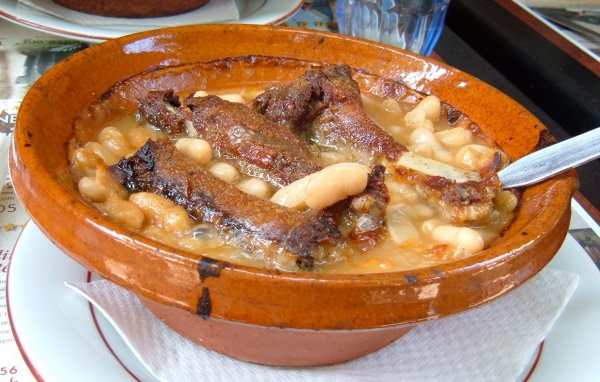Facts About Cassoulet
Cassoulet is a hearty, slow-cooked casserole originating from southern France. This rich dish traditionally features a mix of meats, pork skin, and white beans, and derives its name from the "cassole" the earthenware pot in which it is cooked. It is a staple of the Languedoc region, particularly in towns like Toulouse, Carcassonne, and Castelnaudary. In fact, Castelnaudary claims to be the birthplace of cassoulet and even hosts annual competitions and fairs dedicated to it, organized by the Grand Brotherhood of the Cassoulet of Castelnaudary since 1999.
When it comes to making cassoulet, the key ingredients typically include white beans, duck or goose confit, sausages, and a variety of meats. Each region has its own twist: Toulouse might add pork and mutton, Carcassonne prefers more mutton, and Castelnaudary relies on duck confit. If you're in France, you can even find canned cassoulet in supermarkets, ranging from basic versions with just beans and sausages to deluxe options featuring goose fat, Toulouse sausages, and an assortment of meats.
For those who appreciate high-end cuisine, there are gourmet versions of cassoulet that involve more elaborate preparation methods. These often combine pre-cooked roasted meats with separately simmered beans for a more refined taste. The dish's humble roots are still celebrated today, with traditions like deglazing the pot from the previous cassoulet to start the next one, ensuring no flavors go to waste.
In the United States, "cassoulet" has become a catch-all term for any hearty bean-based casserole, and you'll even find creative takes like salmon cassoulet. No matter the variation, cassoulet remains a beloved dish that warms the heart and soul.

 Spain
Spain